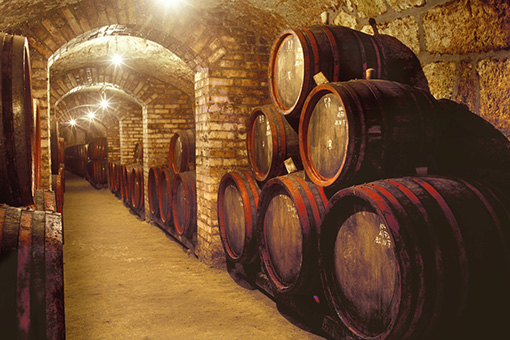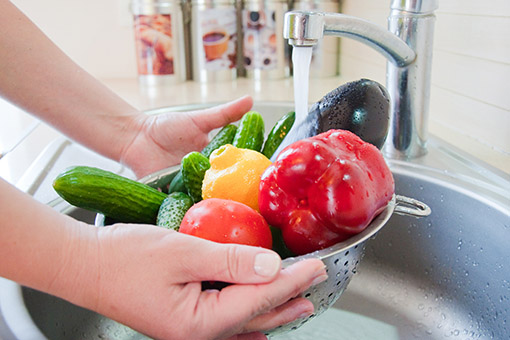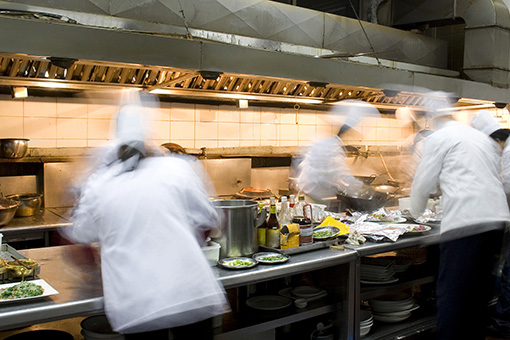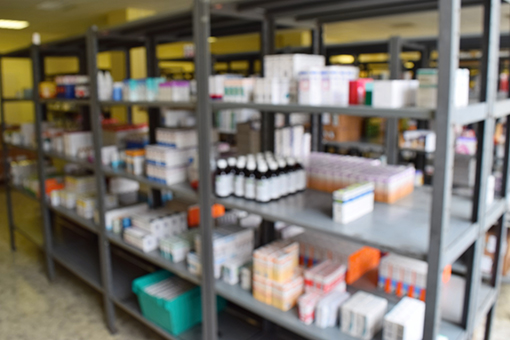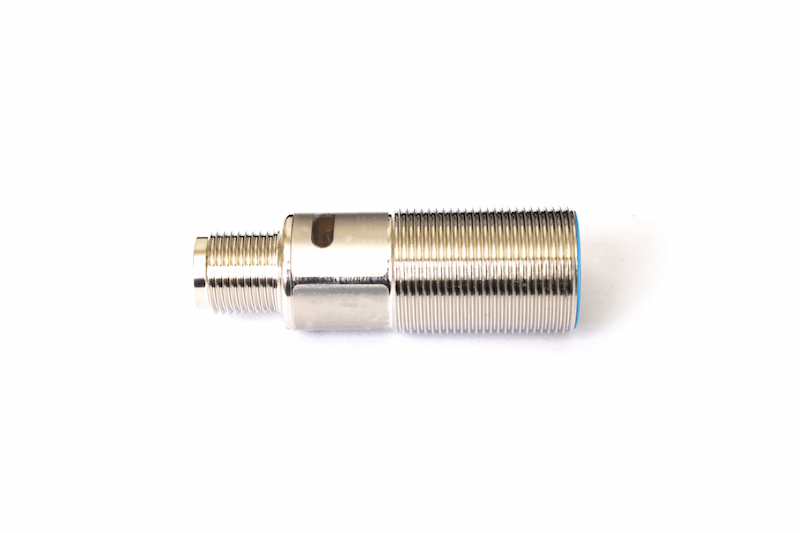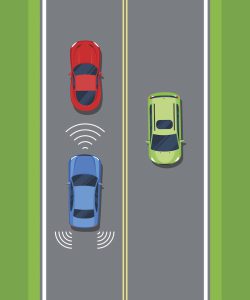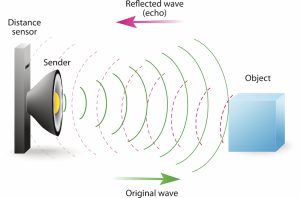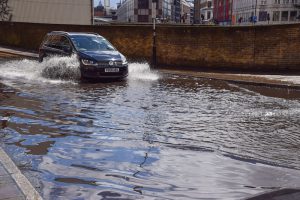As a data management system supplier, we only use the best and latest technology to provide data accurately and efficiently. Ultrasonic sensors are a significant component of our equipment and are mainly used for our water level monitoring systems.
What Are Ultrasonic Sensors?
Like most other sensors, Ultrasonic sensors are electronic devices used to measure distances, and we apply these to our bespoke water level monitoring systems. The GeneSysWeb wireless remote water level monitoring system offers small sensors which can be installed anywhere that suffers flooding or where water levels are required to be monitored, such as rivers and reservoirs.
The electronic devices use piezoelectric crystals to convert electric energy into acoustic energy and back again for the ability to detect objects. Ultrasonic waves travel much faster than the speed of sound, allowing for more accurate detection of objects. It also offers a more consistent monitoring ability with its rate of discovery.
The Two Types of Ultrasonic Sensors
Ultrasonic sensors all work with the same process, but there are two kinds we use within our water monitoring processes.
Proximity Detection: These sensors will be set up before installation to detect any object passing through the pre-set range. Once the object is detected, the sensor will trigger a signal to inform of the new appearance of an object (such as a flood).
Ranging measurement: Ultrasonic sensors used for this purpose will constantly measure an object’s movement. Suppose you are monitoring the river levels for flood preparation; consistent monitoring of the water levels allows you to detect when you need to take further action with pre-set alerts for high levels.
How Do Ultrasonic Sensors Work?
An ultrasonic sensor comes with two components; the transmitter and the receiver. The transmitter will produce waves in pulses at regular intervals to take readings. These waves are audible sounds, unable to be heard by human ears due to travelling at such high speeds.
Once the wave has come into contact with an object, these high-frequency waves will bounce off the entity, which can be anything, but for us and our use of them for water detection, it is the water surface. As the wave bounces back, the receiver will pick up the frequency and log the time it took for the wave to return. All this is done at such high speeds that it is undetectable for human hearing.
Once the ultrasonic sensors have measured the time it took to return, they will then use a formula to calculate the distance from the sensor to the object. This data is then logged in the water monitoring data management system.
Where and When are Ultrasonic Sensors Used?
Ultrasonic sensors have excellent applications throughout many industries. Their ability to relay information makes them ideal for moving vehicles. They are predominantly used within parking and anti-collision systems to quickly measure the proximity of cars to surrounding objects.
Our sensors can also detect liquid tank levels within the food and drinks industry. Alerting you when there are potential spillages or levels have become too low.
Production lines also use ultrasonic sensors to help streamline manufacturing on the factory floor,m maximising production and efficiency with measurements and control.
As technology advances, ultrasonic sensors are becoming more popular within the manufacturing industry. Their highly precise measurements can provide intricate details within seconds, allowing for a more efficient production line.
Our Flood Detection and Water Level Monitoring Systems
The unpredictability of the British weather often leads to flash flooding, which creates devastation to properties and businesses alike. While we cannot offer to control the temperature, we can provide remote monitoring systems for your home or business that provide you with ample time to ensure you have flood prevention ready for the best outcome.
Flooding also creates havoc within the transport industry, from roads to railways. Autumn is the typical time of year for flooding, with fallen leaves creating drainage issues. Be sure that your railway or road maintenance team is well informed to ensure a quicker response, making the railways and roads open sooner. Our systems allow key personnel to be notified if danger levels have been detected on the sensors, allowing our clients to take further action instantly.
Our sensors are ideal for various water level monitoring situations and operate from 5mm to 10m ranges. For more information on our water level monitoring systems, enquire online, and we will be sure to contact you for your bespoke needs.

